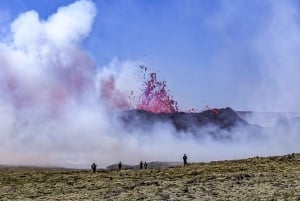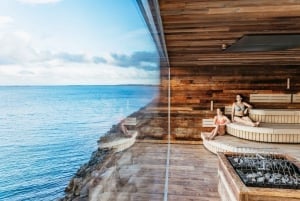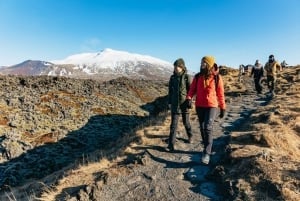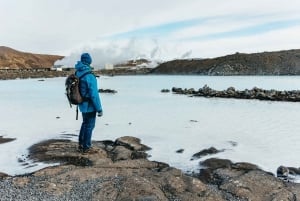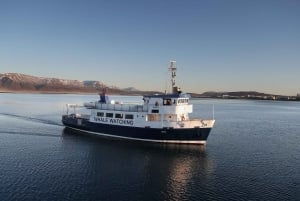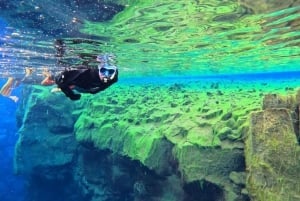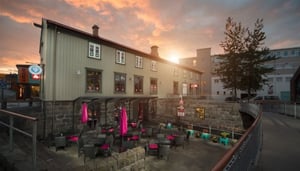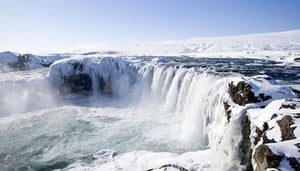History of Iceland
The story of this powerful island starts about 20 million years ago, when it started to form from a series of volcanic eruptions on the Mid-Atlantic Ridge. For a long time it remained uninhabited by humans. It is believed that the first settlers in Iceland were Irish monks. Archeological finds suggest that the monks left Iceland before the Norse arrived. The first known permanent settler was Ingolfur Arnarson, a Norwegian chieftain. He threw his carved pillars overboard as he got close to land, vowing to settle wherever they landed. He found the pillars in the southwestern peninsula, where he settled with his family and named the place Reykjavik (Smoky Bay) due to the geothermal steam rising from the earth.
He was followed by other Norse chieftains, their families and slaves who settled in all inhabitable areas of Iceland in the next decades. In 930, the ruling chiefs established an assembly called Althingi at Þingvellir, where the parliament convened each summer and representative chieftains amended laws, settled disputes and appointed juries to judge lawsuits. The laws were memorized by an elected Lawspeaker. Althingi is sometimes stated to be the world‘s oldest existing parliament.
The settlers of Iceland were pagans at first and worhipped the Norse gods, but by the 10th century political pressure from Europe to convert to Christianity mounted and as the end of the millenium grew near, many Icelanders had accepted the new faith. At Althingi, it was finally decided that the entire country should convert to Christianity, but pagans would be allowed to worship secretly. Lutheranism was imposed around the middle of the 16h century by King Christian III of Denmark, and has since then remained the dominant religion in Iceland.
Iceland remained a Danish dependency throughout the 19th century . In 1918, the Act of Union agreement was signed with Denmark, recognizing Iceland as a fully sovereign state in a personal union with the King of Denmark. 25 years later, the agreement expired. Beginning on May 20th in 1944, Icelanders voted in a four-day plebiscite on whether to terminate the personal union with the King of Denmark and establish a republic. The vote was 97% in favour of ending the union and 95% in favour of the new republican constitution. On June 17th 1944, Iceland formally became a republic, and Sveinn Björnsson became the first president.
That‘s most of Icelandic history. After gaining independence, the country started rapidly growing and today it has become one of the highest ranking countries when it comes to the standard of living, despite the financial crisis in 2008. Thankfully we can be sure that deadly volcanic eruptions, naval battles, murders, plagues, witchcraft, cod wars, turkish abductions, famine, plagues (and financial collapses, hopefully) belong to the past, and Iceland is now better than ever. There are plenty of things in our history to be proud of as well, for example the election of Vigdis Finnbogadottir, the first woman in the world to become elected head of state, and Johanna Sigurdardottir, the world‘s first openly gay head of government of the modern era. Our rich history and strong heritage is one of the things that make Iceland such a great place to be in.


